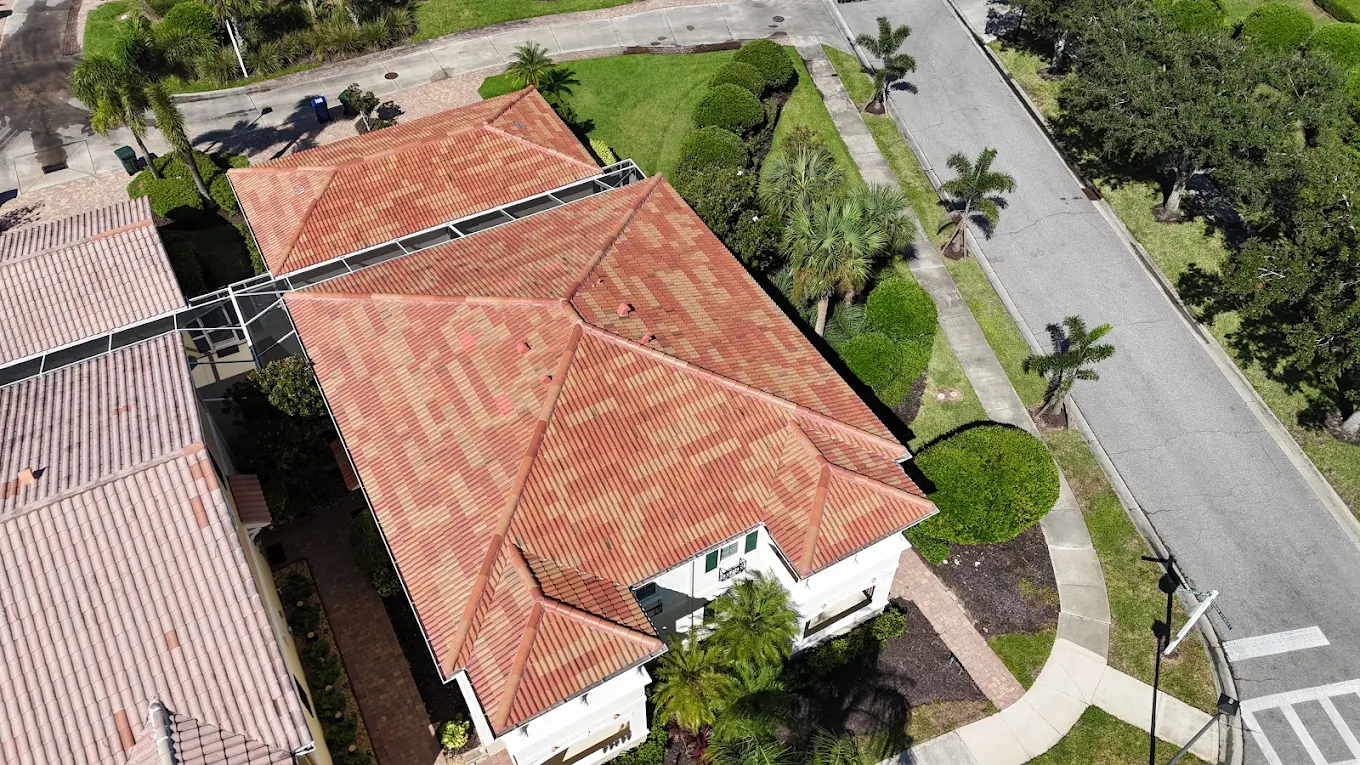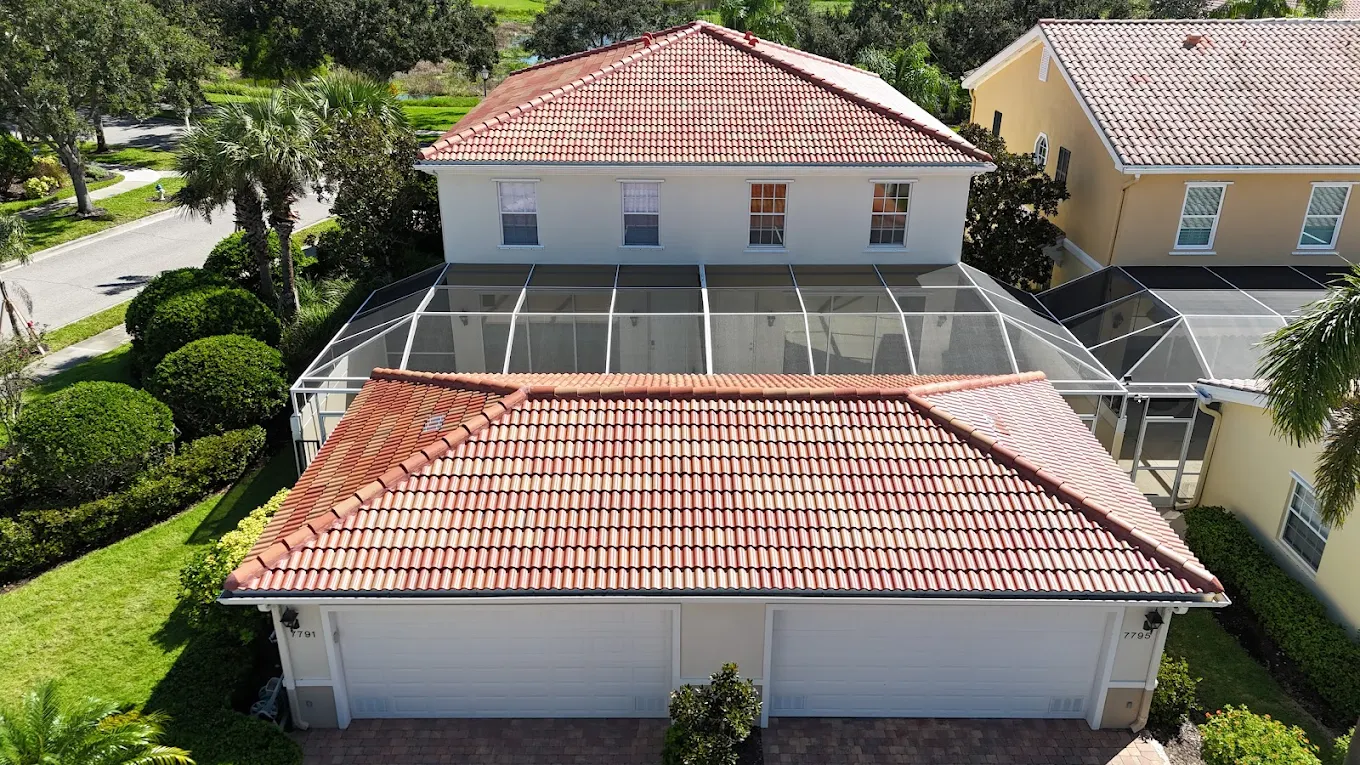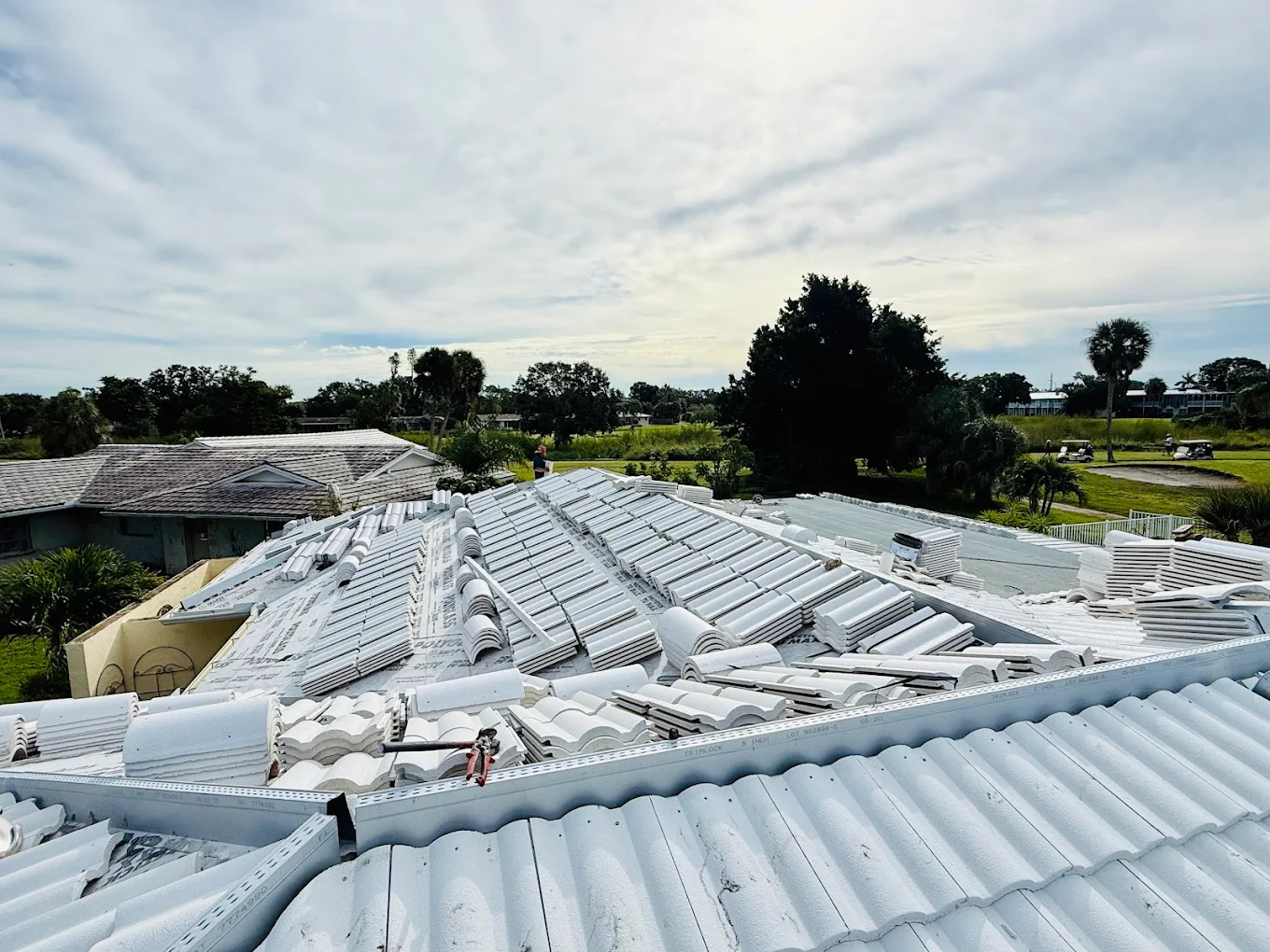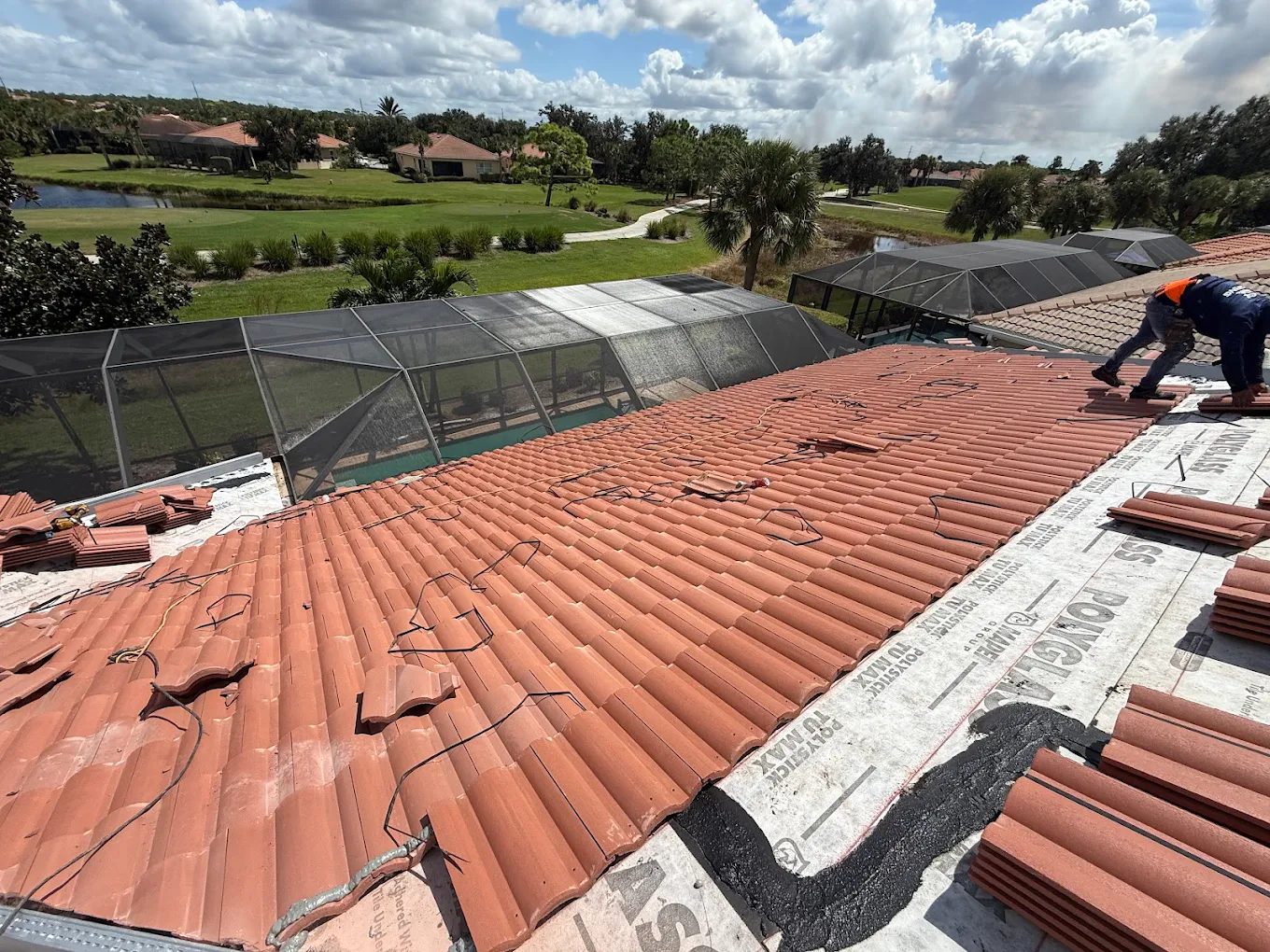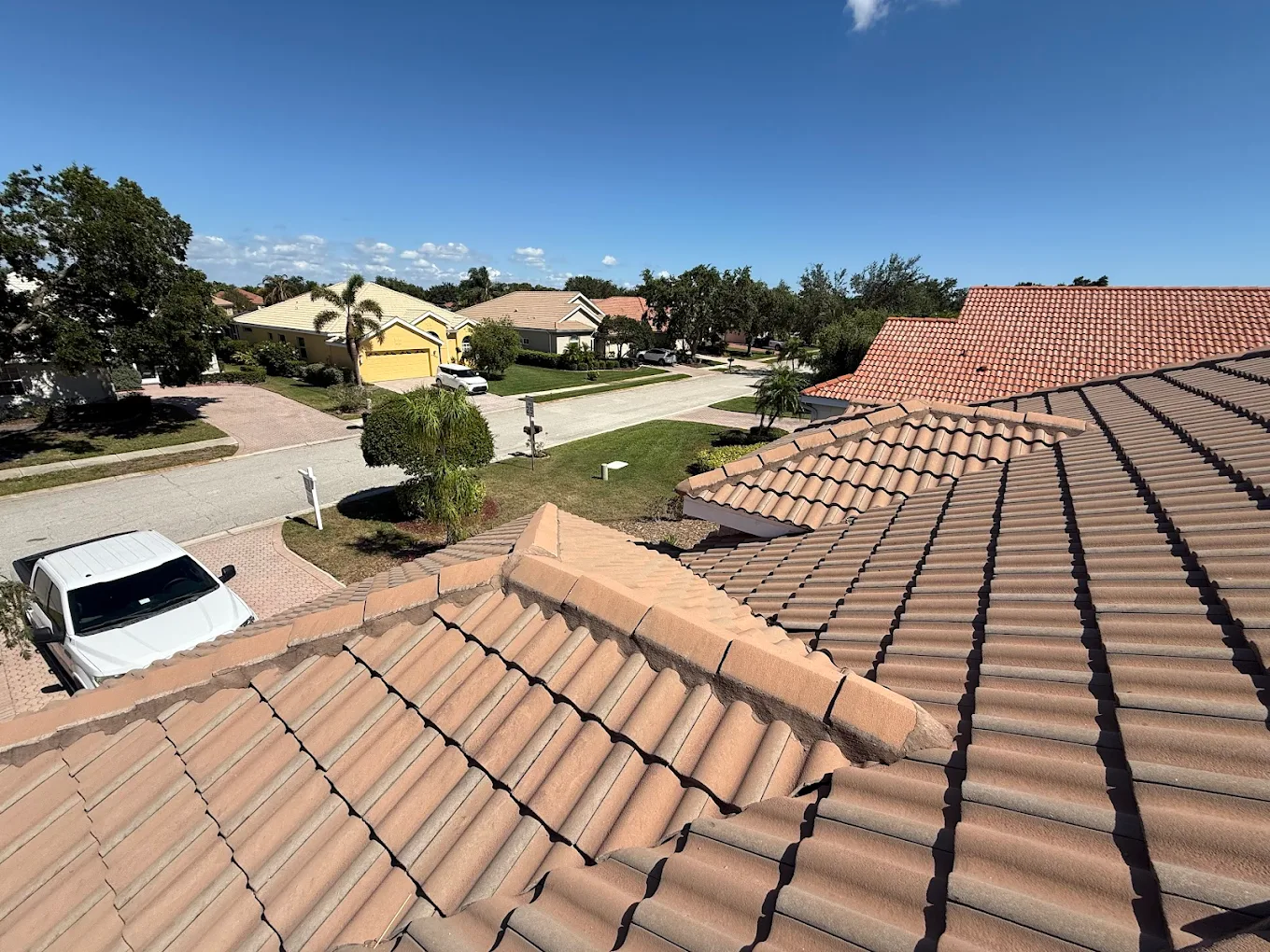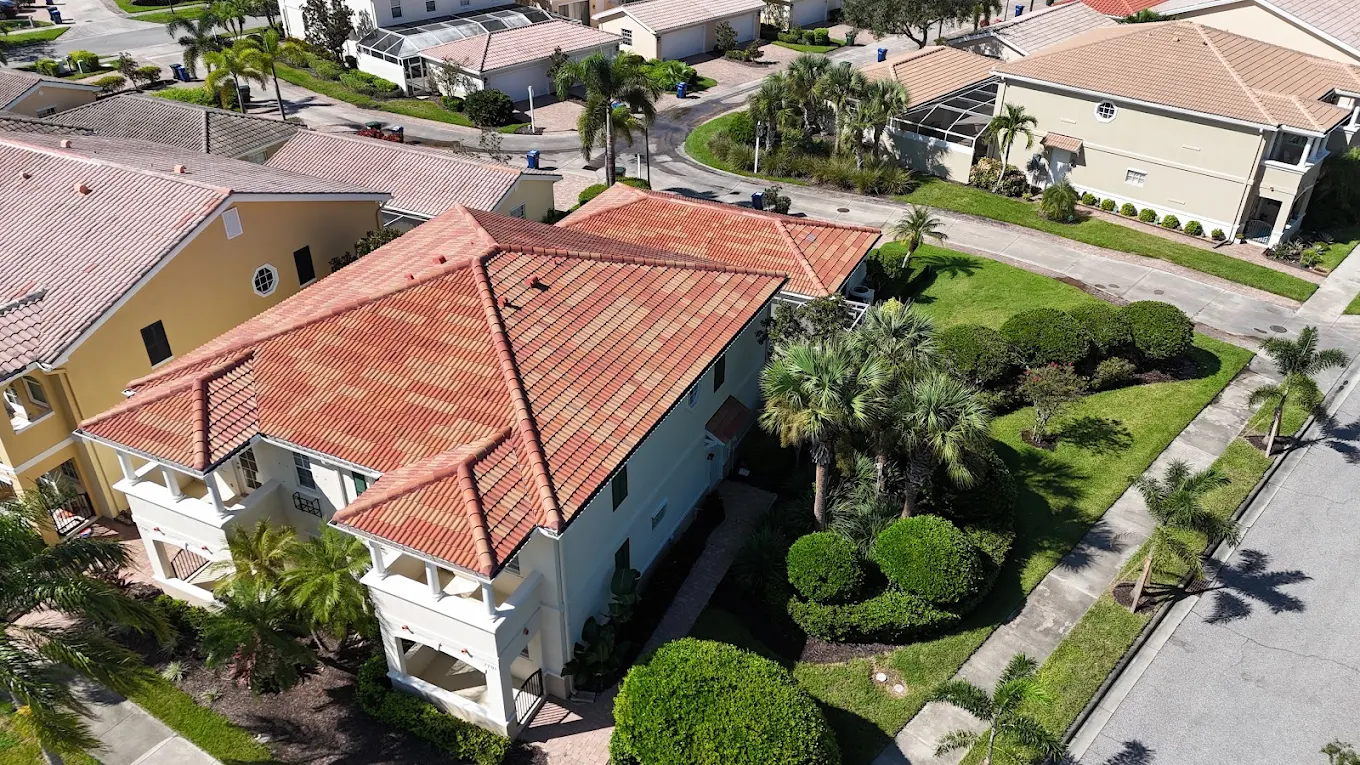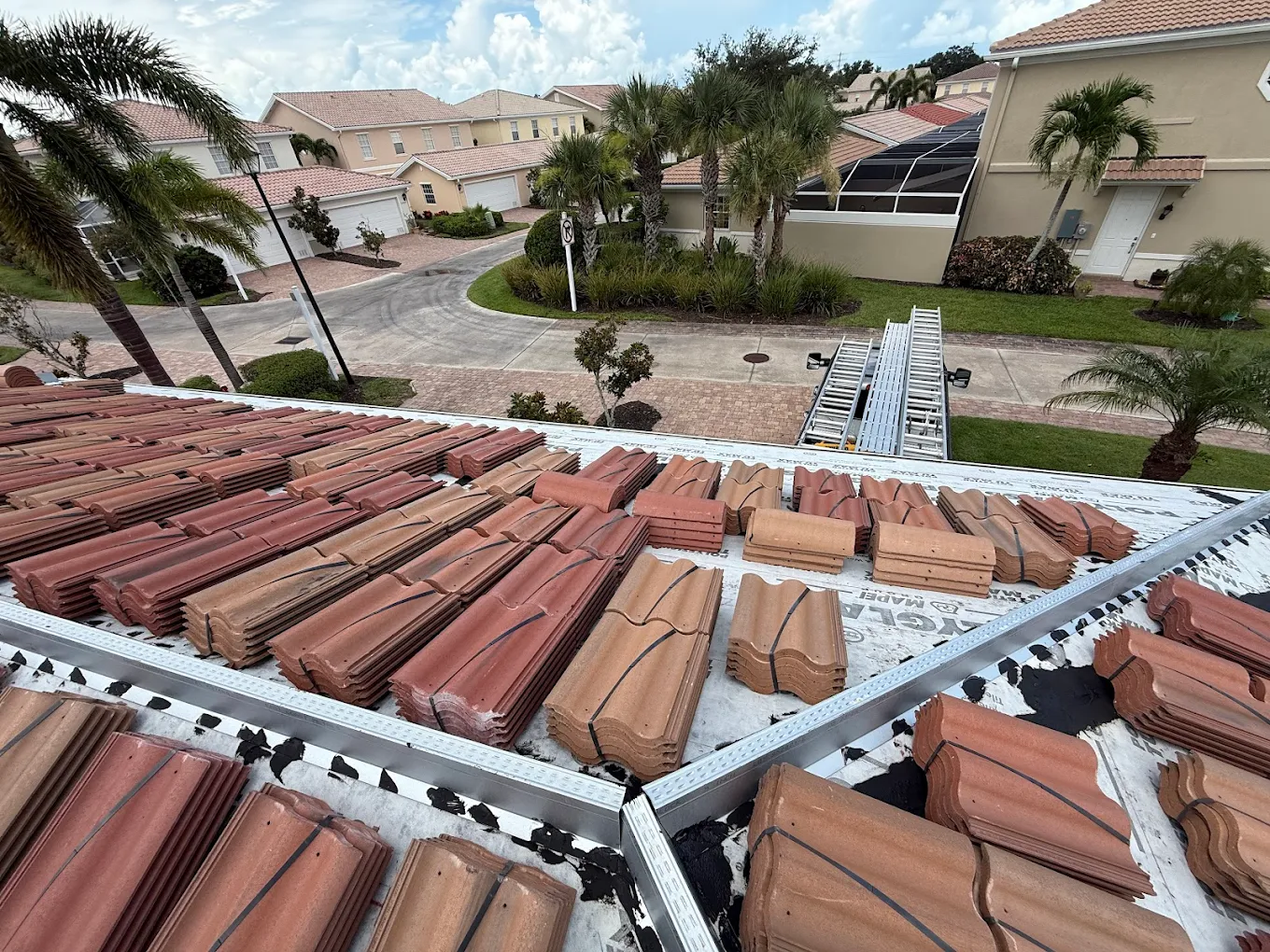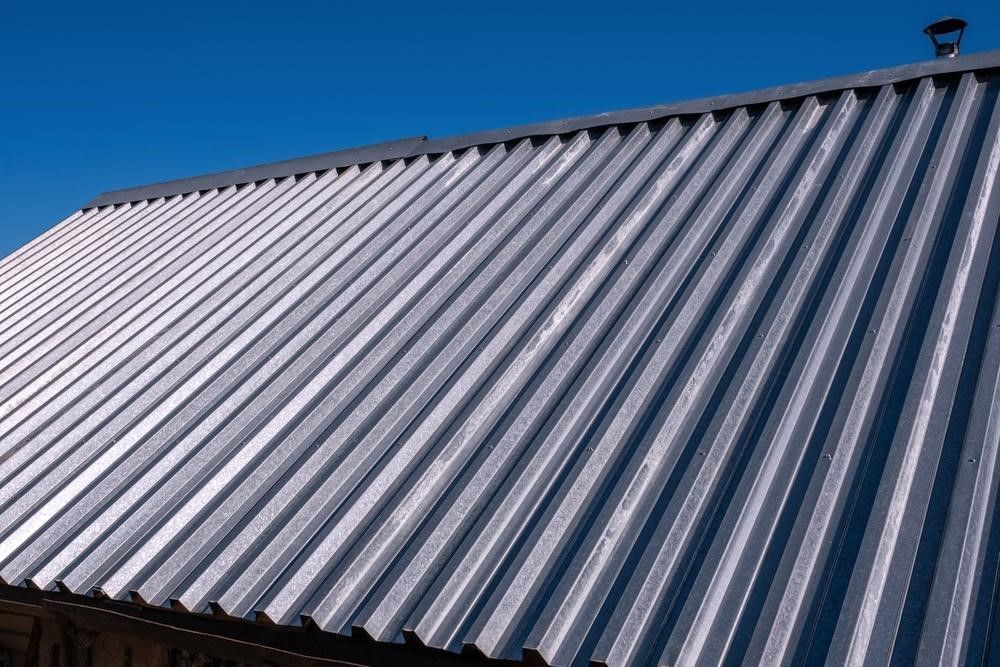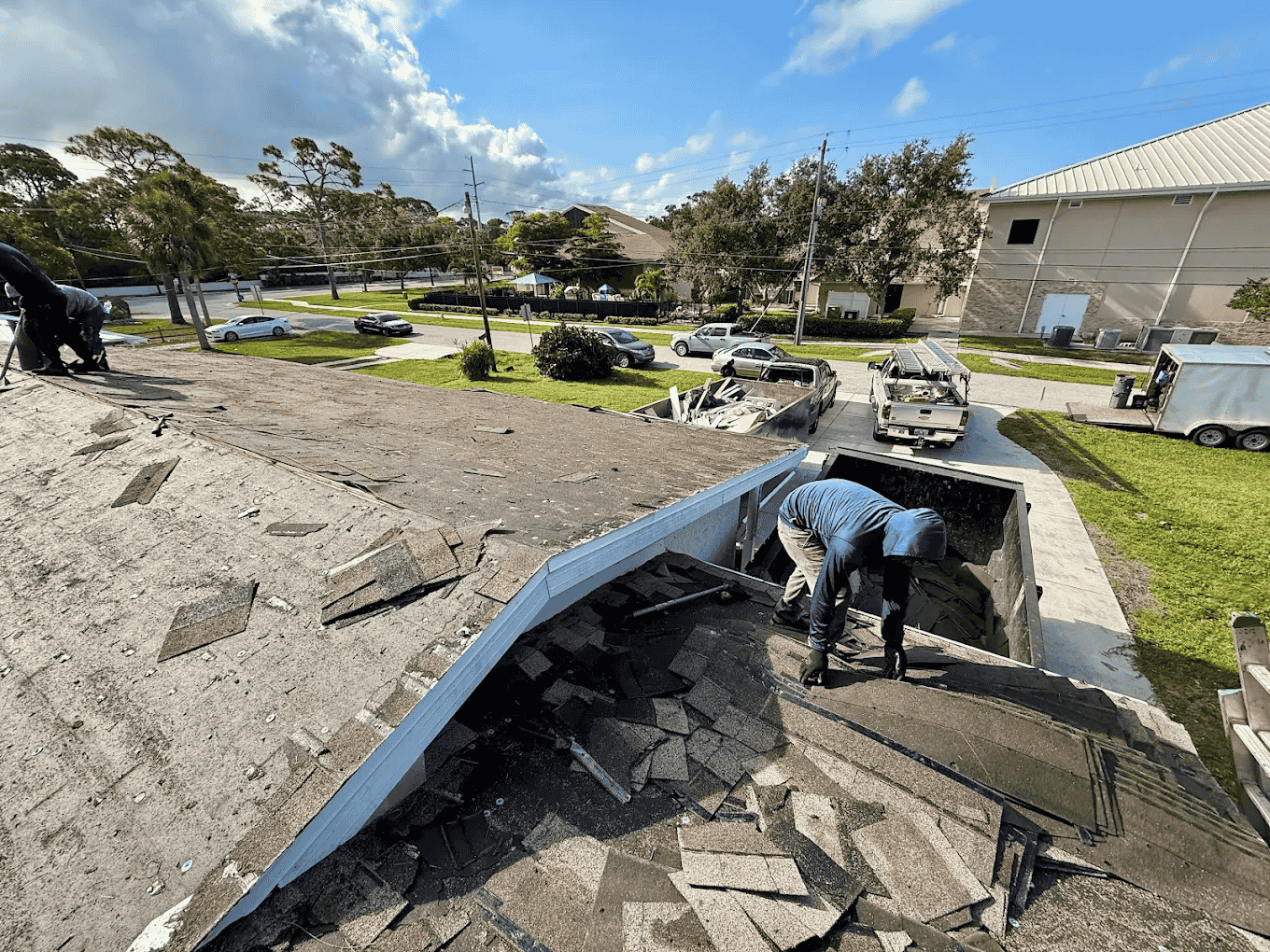Tile or Metal Roof: How to Decide Based on Florida’s Climate and Home Style
Choosing the right roofing material for your Florida home is about more than just curb appeal—it’s about performance, longevity, and making sure your roof works as hard as you do to protect what matters. With our hot, humid climate, powerful sun exposure, salty coastal air, and the ever-present risk of tropical storms, roofing isn’t something you want to take lightly. For many homeowners, the decision often comes down to two heavy-hitters: tile or metal.
Both roofing systems are known for their durability and are well-suited to life in the Sunshine State, but they each bring distinct strengths and considerations to the table. If you're exploring your options and wondering what might suit your home best, this guide breaks it all down—helping you weigh the pros and understand how each choice interacts with Florida's unique climate and your home's architectural style.
Weather Performance in Florida’s Coastal Climate
Let’s start with one of the most important factors in any roofing decision: how it holds up in Florida’s weather. From intense UV rays and high humidity to seasonal downpours and hurricane-force winds, your roof takes a beating year-round.
Tile roofs, particularly clay and concrete options, are extremely well-suited for these conditions. Their dense structure and curved profiles allow for efficient water runoff during storms and natural ventilation beneath the surface, which helps reduce heat transfer into your home. In coastal areas, tile resists salt corrosion naturally, and when properly installed, it can withstand high wind speeds—often rated up to 150 mph or more.
Metal roofs offer similar resilience, especially when made from corrosion-resistant materials like aluminum or coated steel. They shed rainwater efficiently and are built to handle high wind loads as well. Metal is also highly reflective, which can help reduce attic temperatures in the heat of summer. However, coastal homeowners should pay close attention to the type of metal used—unprotected steel, for instance, may corrode over time if not properly coated for salt air exposure.
Ultimately, both materials are strong contenders for Florida’s volatile climate. The best choice depends on the exact conditions around your home—are you on the water? In a high-wind zone? Under heavy tree cover? These micro-environments can help guide your selection.
Mold, Mildew, and Moisture Resistance
Florida’s high humidity means that moisture control is a critical part of protecting your roof’s longevity. Fortunately, both tile and metal perform well in this arena, though they do so in different ways.
Tile roofing, especially concrete and clay, is naturally resistant to mold and mildew because of its nonporous nature and ability to breathe. When paired with a quality underlayment and proper ventilation, tile systems do a great job at discouraging moisture buildup. However, the surface of tile can accumulate organic debris like leaves or pollen, which—if left uncleaned—can promote surface growth of moss or algae. This is cosmetic, not structural, but it does require occasional maintenance to keep the roof looking its best.
Metal roofing systems are non-absorbent and extremely resistant to mold and mildew growth. With fewer seams and a smooth surface, metal sheds debris more easily and requires less upkeep in humid environments. Some coated metal roofs are treated with anti-microbial finishes to further inhibit biological growth. That said, condensation management beneath the roof is key—especially in Florida’s warm, wet seasons. A properly vented attic and vapor barrier are essential no matter which roofing type you choose.
So, in terms of mold resistance and moisture control, both tile and metal offer strong protection when installed correctly and paired with a good ventilation system. Your lifestyle and maintenance preferences may help sway the choice here.
Compatibility with Your Home’s Architecture
Let’s talk style. Florida homes are a patchwork of architectural designs—from Mediterranean and Spanish Colonial to Key West cottages, modern builds, and everything in between. The visual impact of your roof can’t be ignored, especially when it’s a permanent fixture on your home’s exterior.
Tile roofing has a natural affinity for Mediterranean, Mission-style, and Spanish-inspired homes. Its classic barrel curves, earthy tones, and high-profile texture add elegance and a sense of permanence. Tile complements stucco walls, arched windows, and courtyards beautifully—creating that timeless, Old Florida feel. Flat tile profiles also pair well with modern coastal designs, offering clean lines and a sleek, contemporary look.
Metal roofing, on the other hand, is incredibly versatile. It suits modern, minimalist homes just as well as beachy Key West bungalows or rustic farmhouse aesthetics. Its smooth finish and bold lines can make a striking statement, especially in bold colors or matte finishes. Standing seam metal roofing has become especially popular on coastal homes thanks to its clean, wind-resistant design and storm durability.
If your goal is to preserve your home’s original character—or elevate its style to better reflect your vision—let your architectural context help guide the material. Sometimes, it’s not about which material is objectively “better,” but which one feels right for your home’s personality.
Lifestyle Considerations: Maintenance, Noise, and Home Comfort
Practicality matters too. Think about how each roofing system will interact with your day-to-day life. For starters, maintenance. Tile roofs require periodic inspections to check for cracked or displaced tiles, particularly after a storm. Debris removal from valleys and resealing of ridge mortar is recommended every few years. That said, repairs are typically isolated to individual tiles, which can be replaced without disturbing large sections.
Metal roofs tend to need less maintenance overall, though they should be inspected for any scratched coatings, loose fasteners, or corrosion spots, especially near the coast. They’re less prone to debris buildup, and their large panels mean fewer individual parts to check.
Noise is another common concern—especially during Florida’s stormy months. Tile naturally dampens sound thanks to its weight and structure, so rain and hail are barely noticeable. Metal, by contrast, can be louder during downpours unless installed with solid decking and insulation beneath. Most modern metal systems include sound-dampening components, but it’s something to keep in mind if you’re especially sensitive to noise.
Lastly, comfort. Tile’s thermal mass helps regulate indoor temperatures by absorbing heat during the day and releasing it slowly, which can be a benefit during hot afternoons. Metal roofs reflect sunlight effectively, helping to reduce attic temperatures. Both materials contribute to energy efficiency, but how your attic is vented and insulated will ultimately make the biggest difference in your home’s comfort.
Switching Materials: Is It Possible?
Homeowners often ask whether they can switch roof types—especially if they’re thinking of upgrading. The short answer is yes, but it depends on the structural makeup of your home and local building codes. Tile roofs are heavier than metal, so your home’s trusses or roof deck must be strong enough to support the additional weight. A professional inspection is necessary to confirm whether reinforcement is needed.
If you’re moving from tile to metal, weight is less of an issue, but other considerations—like fastener placement, deck preparation, and underlayment changes—still apply. You’ll also want to think about how the new material will look on your home and whether it suits your architectural style. A good roofing contractor will help you evaluate the transition, explain any structural adjustments required, and make sure the installation complies with Florida’s wind and code requirements.
Let Style and Climate Work Together
At the end of the day, choosing between tile and metal is about striking the right balance between design, durability, and your lifestyle. Tile roofs bring heritage charm, longevity, and quiet strength. Metal roofs offer sleek modern appeal, impressive performance, and low-maintenance living. Both are well-equipped to handle Florida’s weather, humidity, and aesthetic demands. Your home’s architecture, location, and how you live in it will help point you toward the right fit.
If you’re leaning one way or the other but still have questions, we’re here to help. Our team at Pelican Roofing specializes in tile roofing and partners with homeowners across Florida to create resilient, beautiful roofing systems that truly last. Whether you’re weighing style choices or exploring long-term durability, we’ll guide you with local insight, expert craftsmanship, and honest advice—every step of the way.
Call us today at
941.914.4088 or
request a free estimate to get the right roofing solution for your Florida home.

